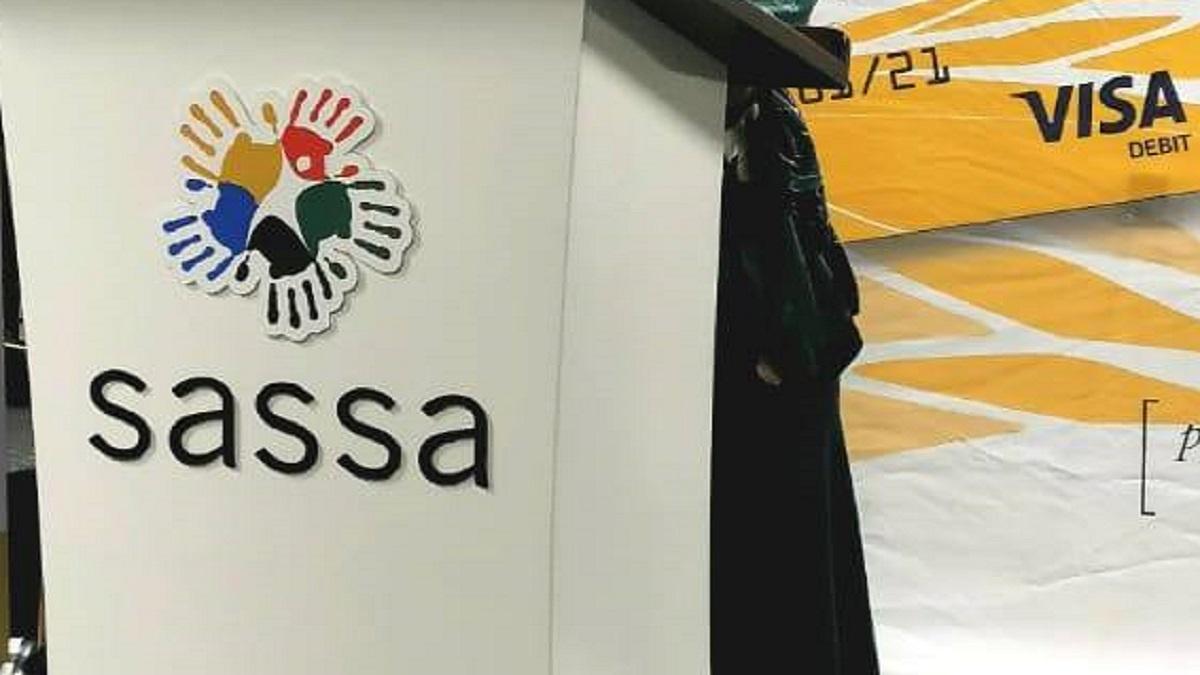The South African Social Security Agency (SASSA) plays a crucial role in providing financial assistance to deserving individuals through various social grants. However, to safeguard the integrity of the system and prevent fraudulent activities, SASSA employs a rigorous verification process for all applicants. This comprehensive approach aims to ensure that only eligible beneficiaries receive the support they genuinely require.
SASSA’s Fraud Risk Scoring: Identifying Potential Threats
At the heart of SASSA’s verification process lies the Fraud Risk Scoring system, a robust mechanism designed to identify potential fraudulent activities associated with applicants. This system leverages advanced technologies and data analysis to assess the risk level of each applicant based on their personal information, including their ID number and cellphone number.
Referred SRD SASSA Status: A Red Flag for Potential Fraud
When an applicant’s ID number or cellphone number is detected as being linked to fraudulent activities or high-risk activities, the SASSA system automatically assigns them a “referred” status for the Social Relief of Distress (SRD) grant. This status serves as a red flag, indicating that further investigation is required before the applicant can be considered for the grant.
SASSA’s Collaboration with SAFPS: Combating Fraud Effectively

To enhance its fraud detection capabilities, SASSA collaborates with the Southern African Fraud Prevention Service (SAFPS), a reputable organization dedicated to combating fraud across various industries. If an applicant’s personal information is flagged as being associated with fraudulent activities, it likely means that they are registered as a perpetrator of fraud with SAFPS.
Clearing the Record: Steps for Deserving Applicants
It is important to note that not all “referred” statuses necessarily indicate fraudulent behavior on the part of the applicant. In some cases, it may be due to errors or incorrect information in the system. If an applicant is confident that they have not been involved in any fraudulent activities, they are encouraged to take immediate action to clear the issue with SAFPS.
Reaching Out to SASSA: Providing Proof of Innocence
To address the “referred” status and demonstrate their eligibility for the grant, applicants can email the dedicated SASSA address, referred@sassa.gov.za. In this email, applicants should provide clear and compelling evidence that they have successfully resolved the issue with SAFPS, effectively clearing their record of any fraudulent associations.
SASSA’s Commitment to Integrity: Protecting Deserving Beneficiaries
By implementing the Fraud Risk Scoring process and collaborating with organizations like SAFPS, SASSA reinforces its commitment to upholding the integrity of the social grant system. This rigorous approach not only safeguards the agency from fraudulent activities but also ensures that deserving beneficiaries receive the support they genuinely require without being hindered by unscrupulous individuals.
Frequently Asked Questions (FAQs)
Q1: What is the purpose of SASSA’s verification process?
The primary purpose of SASSA’s verification process is to ensure that only eligible and deserving individuals receive social grants. By thoroughly vetting applicants, SASSA aims to prevent fraudulent activities and protect the integrity of the social security system.
Q2: How does the Fraud Risk Scoring system work?
The Fraud Risk Scoring system analyzes an applicant’s personal information, particularly their ID number and cellphone number, against a database of known fraudulent activities and high-risk associations. If a match is found, the applicant is assigned a “referred” status for further investigation.
Q3: What does it mean to be registered as a perpetrator of fraud with SAFPS?
Being registered as a perpetrator of fraud with the Southern African Fraud Prevention Service (SAFPS) indicates that an individual has been previously involved in or associated with fraudulent activities. This information is shared with organizations like SASSA to help identify potential risks.
Q4: How can I clear my record if I’m not involved in any fraudulent activities?
If you have been assigned a “referred” status but are confident that you have not engaged in any fraudulent activities, you should immediately contact SAFPS to resolve the issue and clear your record. Once you have obtained proof of your innocence, you can submit it to SASSA through the designated email address (referred@sassa.gov.za).
Q5: What kind of proof should I provide to SASSA to clear the “referred” status?
When submitting proof to SASSA, it is essential to provide clear and compelling evidence that you have successfully resolved the issue with SAFPS. This may include official documentation, written statements, or any other relevant supporting materials that demonstrate your eligibility and lack of involvement in fraudulent activities.
Conclusion
SASSA’s commitment to ensuring deserving beneficiaries receive the support they require is commendable. By implementing a robust verification process, including the Fraud Risk Scoring system and collaborating with organizations like SAFPS, the agency safeguards the integrity of the social grant system.
While the “referred” status may initially raise concerns, it is essential for applicants to understand the process and take prompt action to clear any misconceptions or errors. By following the prescribed steps and providing the necessary proof, deserving individuals can successfully navigate the verification process and access the vital assistance they need.
